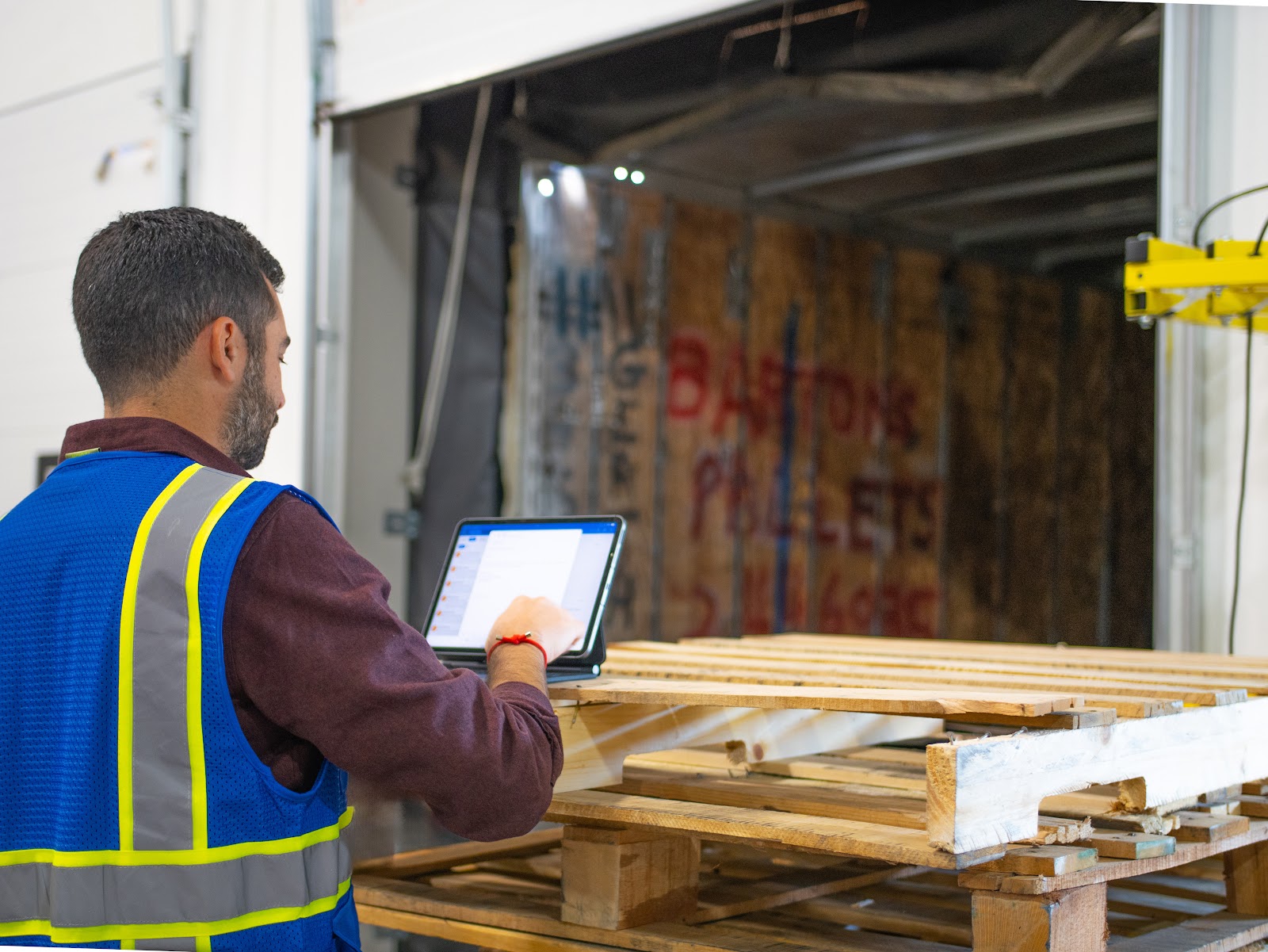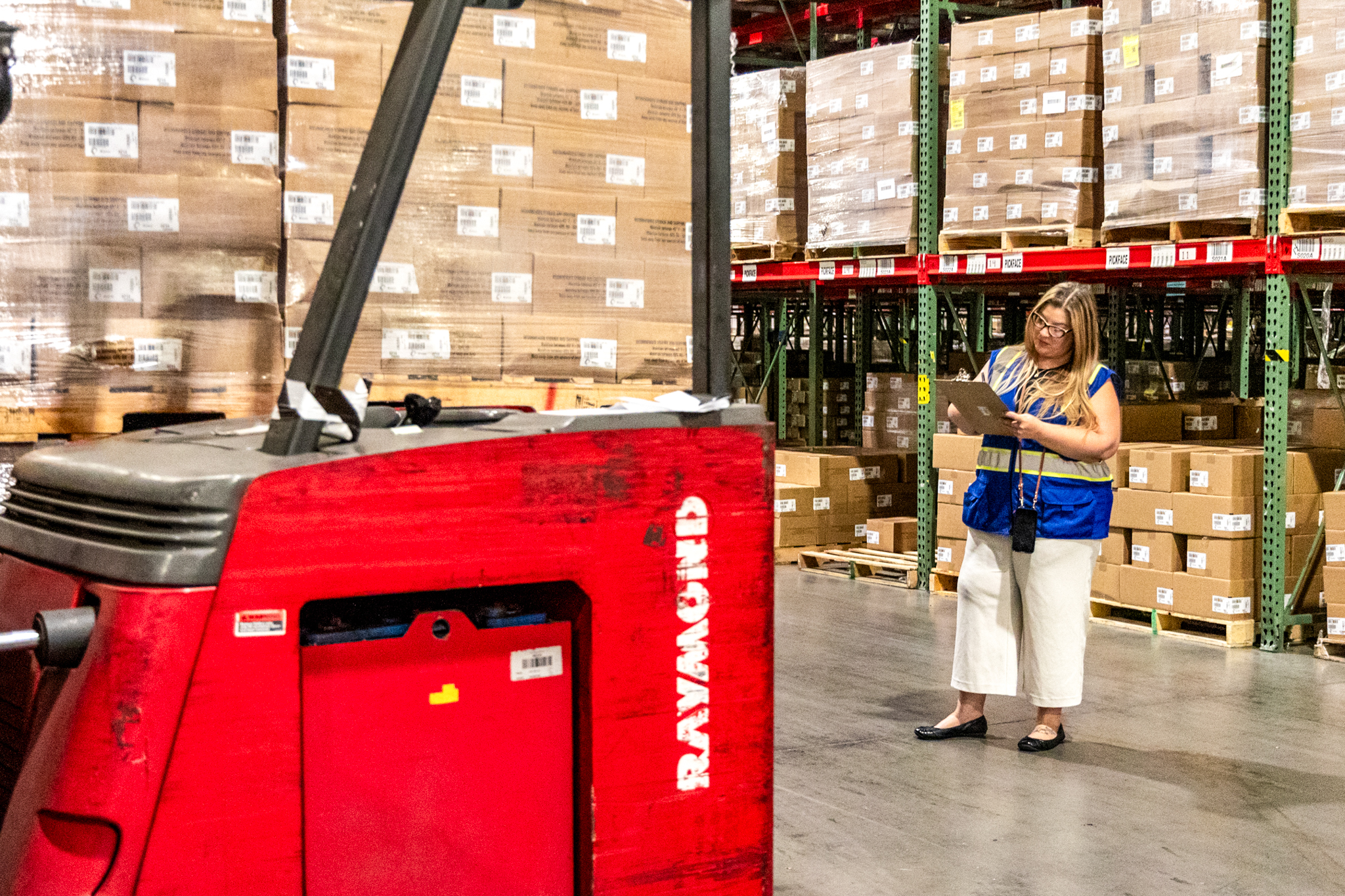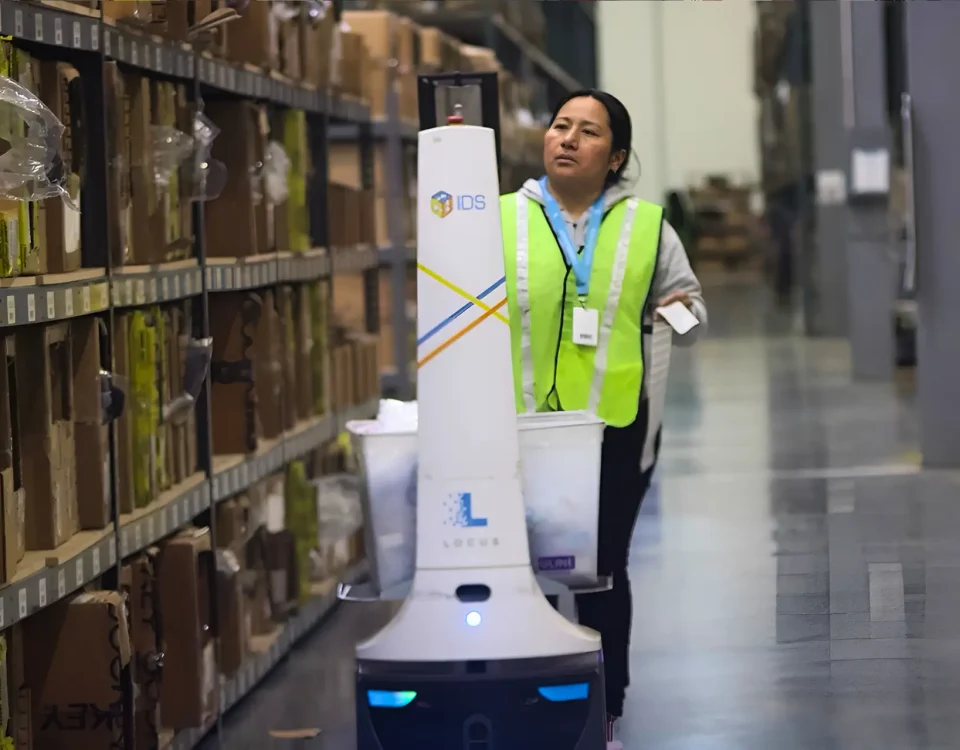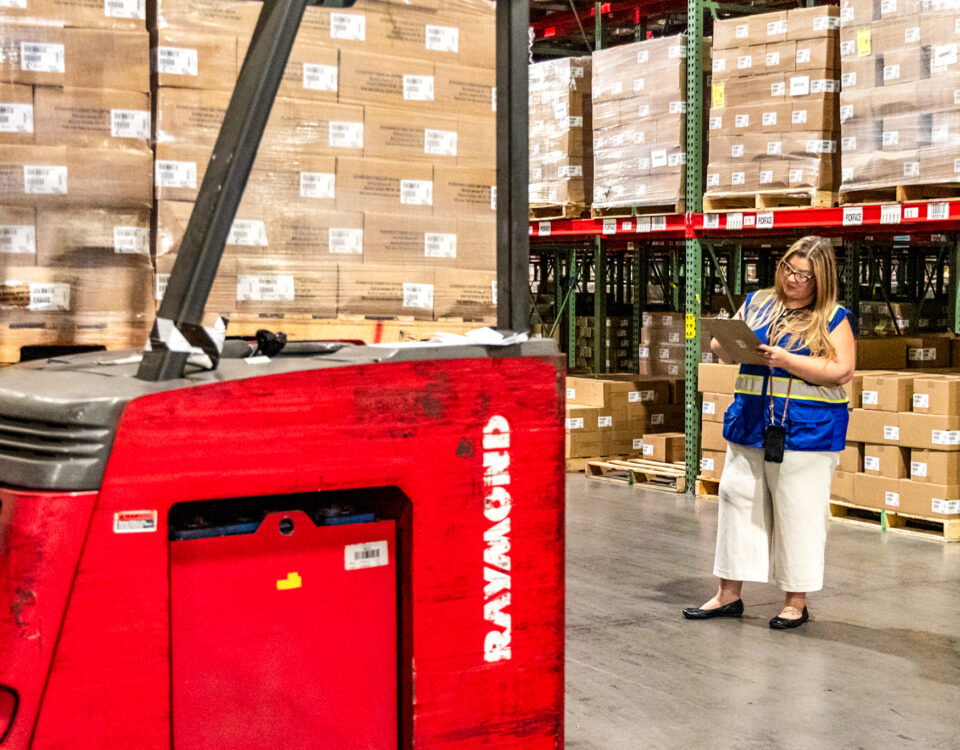B2B fulfillment doesn’t bend to your systems—it demands that your systems bend to it.
You’re dealing with PO-driven workflows, strict compliance requirements, retailer-specific routing guides, and financial penalties for anything less than flawless execution. If your 3PL is still operating like every order is a DTC shipment, you’re not just losing efficiency—you’re risking your wholesale relationships.
Most fulfillment providers offer a one-size-fits-all approach, with DTC speed but little regard for B2B complexity. That’s where execution breaks down. Labels go wrong, pallets ship incomplete, routing instructions get missed, and your team spends days on avoidable back-and-forth.
In this article, we’ll break down what customized B2B fulfillment services actually require—so you can eliminate friction, scale smarter, and protect the partnerships that drive your business.
Standard Fulfillment Services Weren’t Built for B2B Complexity
Most fulfillment systems are built around DTC workflows—not the operational complexity that B2B demands. That disconnect forces teams into reactive mode: managing compliance manually, resolving buyer issues post-shipment, and plugging gaps the system should prevent.
Here’s where generic fulfillment models create friction for B2B operations:
- Inconsistent SLA compliance: Missed ship windows or incomplete orders translate into chargebacks and strained relationships.
- Lack of EDI integration: Without real-time automation, every PO turns into a manual process vulnerable to delay and error.
- No buyer-specific workflows: Labeling, packing, and routing rules often vary by account, but most systems aren’t built to handle that variability.
- Limited PO visibility: Without line-item clarity, tracking fulfillment status becomes a guessing game.
B2B fulfillment isn’t about speed—it’s about accuracy, accountability, and adaptability to every buyer’s spec. It’s what turns operational consistency into a competitive advantage across every wholesale channel.
What Customized B2B Fulfillment Services Need to Deliver
B2B brands can’t rely on rigid processes or generalized fulfillment models. Each buyer brings unique compliance demands, labeling requirements, and SLA expectations. To keep up, your fulfillment operation must be designed to flex—with systems, workflows, and data visibility aligned to each account’s needs.
Here’s what a truly customized B2B fulfillment solution must deliver to support scale without introducing risk.
1. EDI Compliance & Automated Routing Rule Execution
B2B fulfillment breaks down quickly when data doesn’t move cleanly between systems. Manual entry, rekeying, or spreadsheet workarounds slow everything down—and introduce costly errors that impact buyer relationships.
To protect operational flow and compliance, fulfillment must:
- Integrate seamlessly with EDI platforms to remove manual data handoffs.
- Automatically apply routing instructions based on buyer-specific logic.
- Maintain up-to-date ASN, PO acknowledgment, and invoice flows with zero delay.
When routing rules and data transfers are embedded in the system—not handled offline—your team reduces manual workload, eliminates bottlenecks, and avoids preventable chargebacks.
2. Dynamic Pick/Pack and Kitting by PO, Store, or Program
In B2B, the format of the shipment is just as important as the product inside it. Buyers often require store-level assortments, program-specific kitting, or promotional bundles that can’t be supported by standard bulk workflows.
To deliver buyer-ready orders, fulfillment must support:
- Pick and pack logic driven by store, region, or promotional program.
- Seasonal or display kitting pre-built at the warehouse level.
- SKU grouping and carton logic that reflect real-world merchandising needs.
When you can fulfill to the buyer’s spec—without rework or relabeling—you reduce labor, accelerate shelf readiness, and increase order accuracy across the board.
3. Labeling, Packing, & Cartonization That Meets Buyer Requirements
Poor labeling or packing doesn’t just slow down receiving—it can trigger returns, chargebacks, or even lost shelf placement. Fulfillment must treat packaging and documentation as compliance assets, not afterthoughts.
To meet buyer standards, customized B2B fulfillment must include:
- Labeling formats tailored to buyer specs (GS1, UCC-128, etc.).
- Packing lists and ASN documentation tied directly to each PO.
- Cartonization logic that supports how retailers want to receive and unpack product.
Precision at the labeling and carton level reduces downstream friction, supports vendor scorecard performance, and keeps replenishment cycles running on time.
4. PO-Level Visibility and Exception Management
Most brands don’t lose margin because they can’t ship—they lose it because they can’t track. Without visibility at the PO level, your team reacts to problems too late and spends too much time resolving exceptions instead of scaling operations.
To stay in control, your B2B fulfillment operation needs:
- Dashboards showing PO progress, fill rate, and line-item detail in real time.
- Exception alerts for any PO at risk of missing SLA or routing.
- Historical PO data for account-level reporting, compliance reviews, and internal planning.
PO-level visibility gives your ops and account teams the control to act early, plan smarter, and scale with confidence—without needing manual oversight.
How to Tell If Your B2B Fulfillment Operation Is Holding You Back
When fulfillment becomes a liability, it’s rarely because of volume. It’s because the systems behind it weren’t designed to support B2B realities.
You’re likely facing structural friction if:
- Chargebacks or missed compliance marks keep recurring.
- Every new buyer onboarding requires ad hoc workflows.
- Your team is stuck manually validating SLAs or label formats.
- You don’t have a clear, real-time view of PO status across buyers.
These aren’t just inefficiencies—they’re signs that your fulfillment infrastructure needs to evolve with your growth. Left unaddressed, they compound over time—slowing down buyer onboarding, straining internal teams, and limiting your ability to scale confidently.
Precision, flexibility, and visibility aren’t extras—they’re the minimum standard for executing in B2B. Your buyers depend on it, your revenue depends on it, and your brand reputation depends on it.
The most successful B2B operations don’t rely on workaround strategies—they build infrastructure that scales with buyer complexity. If you’re ready to evaluate whether their current fulfillment operations are built to scale, download this Fulfillment Growth Readiness Worksheet. It will help you assess key operational areas and identify gaps that could impact your ability to grow efficiently.












